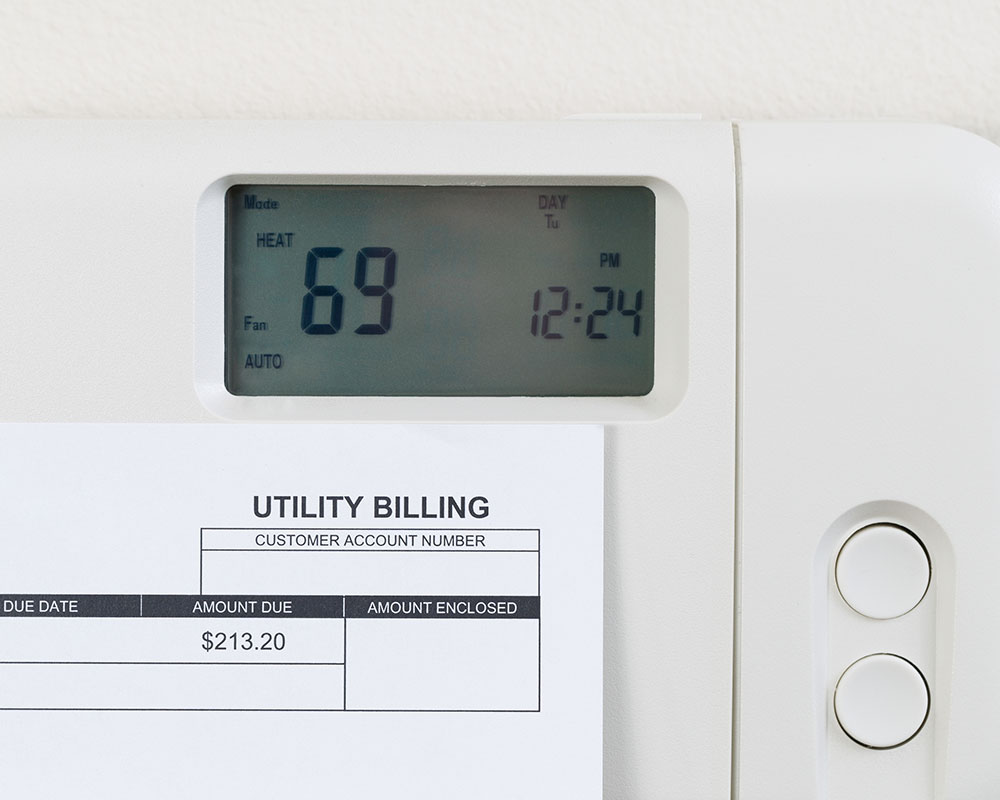 Sen. Diana DiZoglio said last week her plan to address the diversion of energy-saving incentive money from the poor to the rich, was passed unanimously by the full state Senate.
Sen. Diana DiZoglio said last week her plan to address the diversion of energy-saving incentive money from the poor to the rich, was passed unanimously by the full state Senate.
DiZoglio argued there is an imbalance between utility ratepayers that pay into Mass Save and those who benefit from the program’s goals to have residents and businesses reduce energy usage while saving money. She said her amendment will “bolster transparency, accountability and equity.”
“Low and moderate-income customers in working class households and communities are paying into Mass Save through their utility bills but, according to recent studies, are not seeing anywhere even close to the rate of return on their investment as wealthier customers are,” said DiZoglio. “More often than not, communities with the lowest income levels are subsidizing energy costs for the wealthiest communities.”
DiZoglio presented data analysis and estimates from Anil Navkal, advisor to Lawrence’s mayor on energy, environment and sustainability, and his wife Naomi. The Navkals estimated that in the wake of the Columbia Gas disaster, wealthier communities Andover and North Andover gained roughly $2.7 million and $1.7 million through Mass Save, while lower-income Lawrence lost roughly $1.1 million.
They also concluded wealthier communities such as Ashland, Marblehead and Burlington gained from Mass Save roughly $59 million, $4 million and $1 million respectively over the course of seven years, from 2013-2019. Over this same period, lower-income communities such as Fall River, Springfield and Worcester lost roughly $36 million, $22 million and $18 million through the program.
DiZoglio’s amendment moves the deadline earlier for utility companies to submit plans, giving the Department of Public Utilities additional time to vet the plans; prevents certain procedural delays by the utilities when the state requests information or documents; and requires a report showing the rate at which surcharges paid by ratepayers from historically underserved populations are being divested away from those populations.
